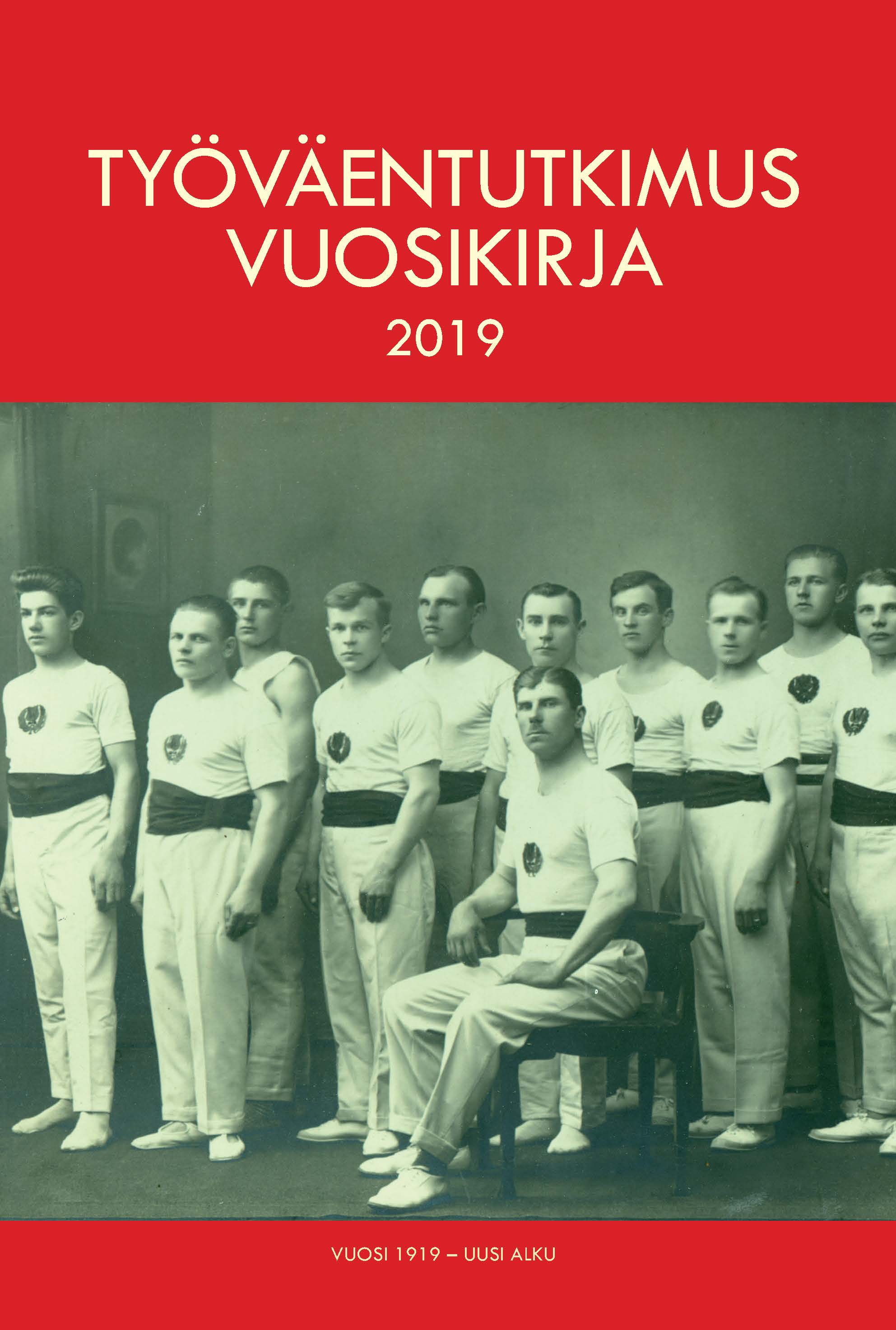TUL - satavuotias, joka karkasi ikkunasta mutta ei kadonnut
DOI:
https://doi.org/10.37456/tvt.85662Abstrakti
[The article is based on the book by the author, TUL liikuttaa, kasvattaa, vaikuttaa. Suomen Työväen Urheiluliitto 1919–2019. Suomen Kirjallisuuden Seura, Helsinki 2019.]
The Finnish sports movement was divided in two as a consequence of the Civil War in 1918. Worker athletes who had fought on the Red side were expelled from The Finnish Gymnastic and Sport Federation (SVUL) after the war. Hence, in January 26, 1919, The Finnish Workers Sport Federation (TUL) was founded by 56 workers’ sports clubs. What is the reason for the TUL, as one of the few traditional people’s movements in Finland, reaching the age of 100 years? Most importantly, the sense of belonging to a community was traditionally considered important among workers. As long as there was a vivid working-class culture in Finland, sports were an essential part of life in the workers’ communities. Workers’ sports clubs formed a versatile school of life in which young people learned much more than only sports and gymnastics. The club activities were based on the rules of organised democracy, and they helped young people to understand the value of cooperation, respect for others and participation in society. The TUL’s role has been manifold; it has got people moving, brought people up, and influenced the sports politics. Many of the original political, educational and social values of the TUL are still actual today. The most important is the promotion of equality between different population groups through sports.





